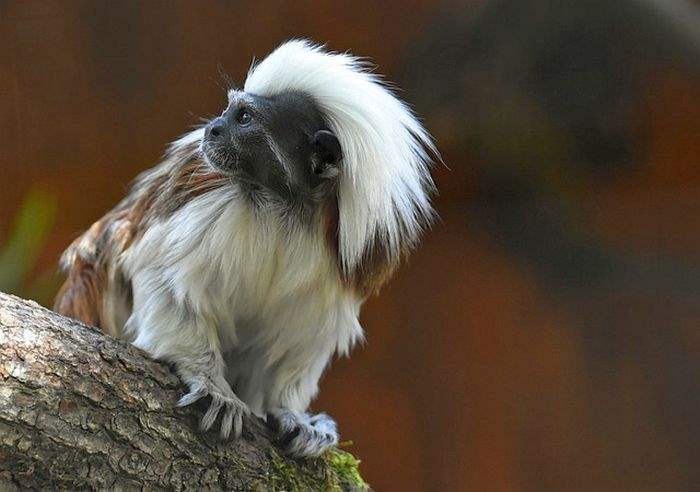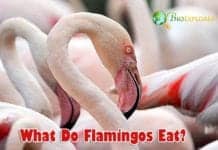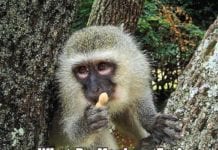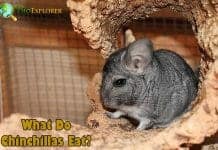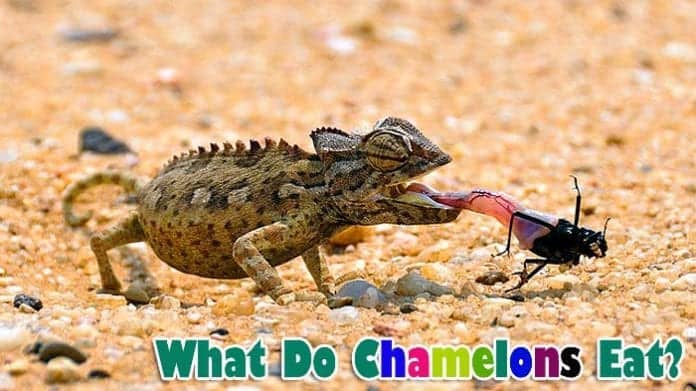
What Do Chameleons Eat? Chameleons are unique animals considered to have originated from old world lizards. About 171 species of chameleons have been described.
Chameleons are examples of animals able to change their skin color. Chameleons consume a meat diet.
Chameleons draw most of their nutrients from consuming insects and birds.
Table of Contents
What Do Chameleons Eat?
| Knysna Dwarf Chameleon | Bradypodion damaranum | Insects |
| Parsons Chameleon | Calumma parsonii | Omnivorous diet, plant material, insects, and birds. |
| Jacksons Chameleon | Trioceros jacksonii | Spiders and insects. |
| Panther Chameleon | Furcifer pardalis | A vast range of insects. |
| Pygmy Grass Chameleon | Rieppeleon kerstenii | Insects and other arthropods. |
![]()
Chameleons Diet by Types
Chameleons are classified under the family Chamaeleonidae. This family is further broken down into 6 genera. Examples of chameleons from some of these 6 genera will be studied in this section, alongside their habitats.
What Do Knysna Dwarf Chameleons Eat?
| Animalia | Squamata | Chamaeleonidae | Bradypodion | Bradypodion damaranum |
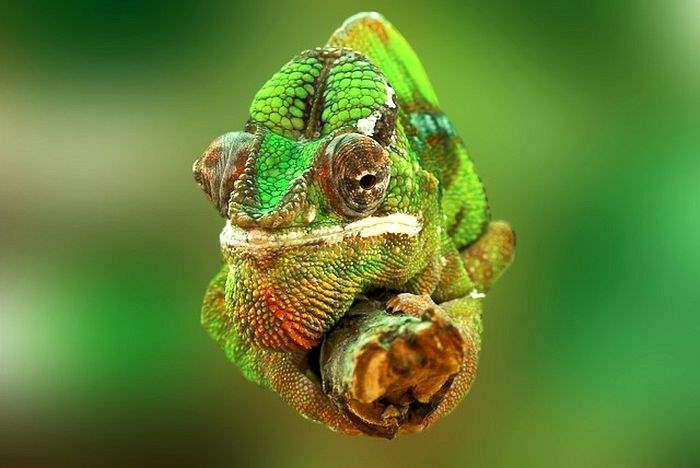
Knysna Dwarf Chameleons mainly feed on insects. The young ones consume tiny insects a few minutes after birth.
- The Knysna Dwarf Chameleon is an endangered chameleon endemic only to a small region in South Africa.
- This species gives birth to live young ones (8-30 young ones), after a gestation period of between 4-6 months.
- This species inhabits afromontane coastal forests.
![]()
What Do Parson’s Chameleons Eat?
| Animalia | Squamata | Chamaeleonidae | Calumma | Calumma parsonii |
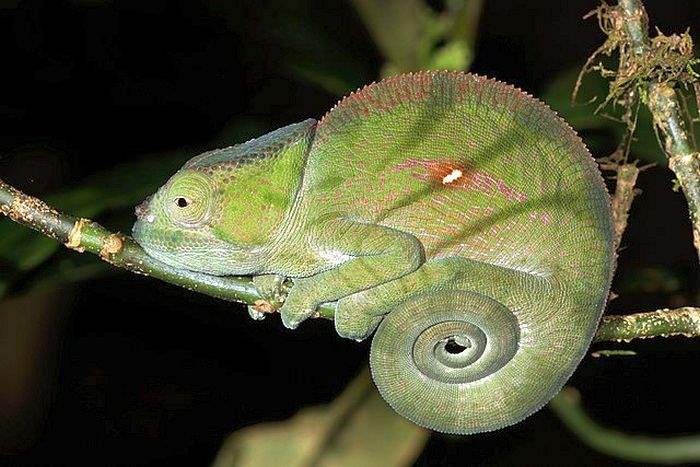
Parson’s Chameleons are omnivorous. Their diet includes the plant material, insects, and occasionally birds.
- The members of this genus (Calumma) are endemic to Madagascar.
- The parson’s chameleon has two subspecies, namely Calumma parsonii parsonii and Calumma parsonii cristifer.
- This species is the largest of all existing chameleons.
- It can grow to a length of 60cm and an average of about 0.7 kg at maturity.
- This chameleon species inhabits rainforests.
![]()
What Do Jackson’s Chameleons Eat?
| Animalia | Squamata | Chamaeleonidae | Trioceros | Trioceros jacksonii |
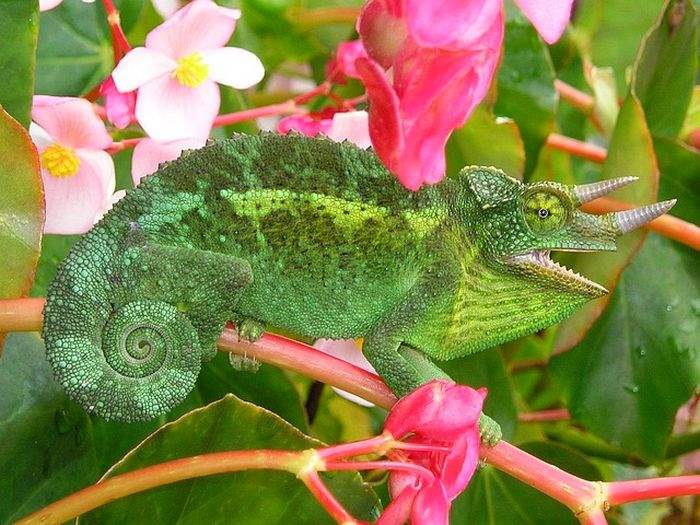
Jackson’s Chameleons mostly dine on spiders and insects.
- This chameleon is mostly emerald green with yellow undersides.
- The males of Jackson’s chameleon are about 10-12 inches long, and they also have long prehensile tails.
- They also have three horns sticking out from their foreheads.
- Females, on the other hand, compared to males, are shorter, and they do not grow horns.
- The members of this species commonly inhabit forests and mountain thickets.
![]()
What Do Panther Chameleons Eat?
| Animalia | Squamata | Chamaeleonidae | Furcifer | Furcifer pardalis |
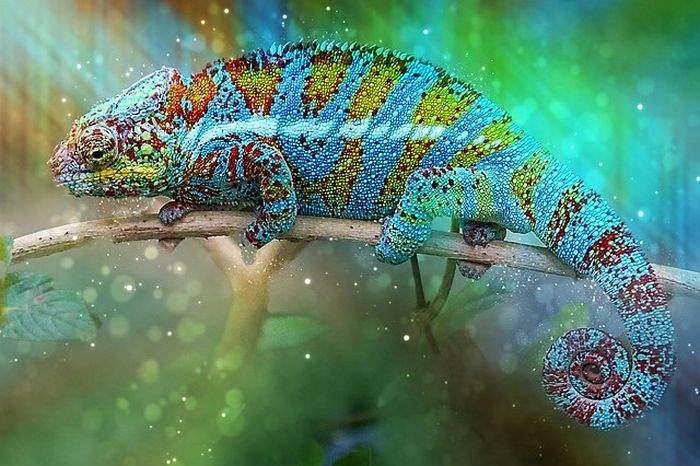
Panther chameleons are primarily insectivorous, meaning they obtain their nutrients from consuming a vast range of insects.
- The panther chameleon is native to Madagascar.
- These chameleons are very long, and the males can grow to lengths of about 20 inches.
- Females are a bit shorter and duller in color compared to males.
- They inhabit coastal rainforests and riverine habitats.
![]()
What Do Pygmy Grass Chameleons Eat?
| Animalia | Squamata | Chamaeleonidae | Rieppeleon | Rieppeleon kerstenii |
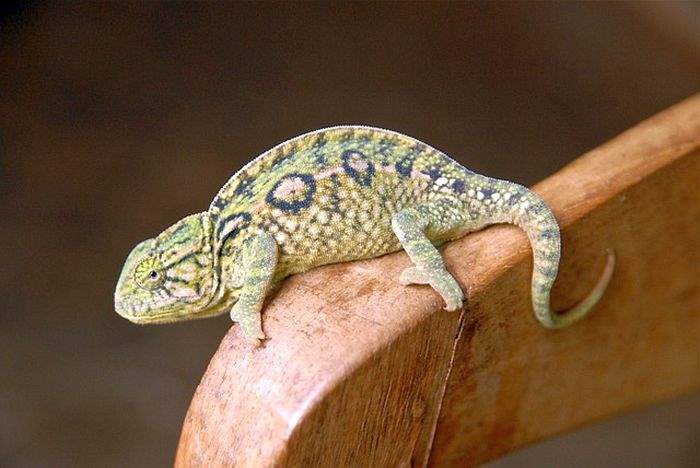
Pygmy grass chameleons mainly feed on insects and other arthropods.
- The pygmy grass chameleon is endemic to East Africa.
- It is found in Kenya, Somalia, Ethiopia, and Tanzania.
- It is also known as Kenya leaf chameleon, Kersten’s pygmy chameleon, or the Kenya stumptail chameleon.
- Its scientific binomial name Rieppeleon kerstenii, was accepted in 2010.
- Some texts consider its scientific name to be Rhampholeon kerstenii.
- This species is mostly found in bushland, grassland (both moist and dry), coastal woodlands, and semi-deserts.
![]()
How Do Chameleons Hunt?
Chameleons are mostly stationary ambush hunters.
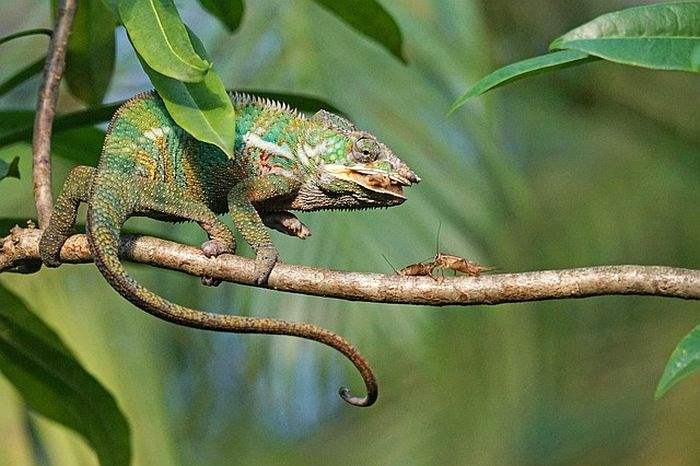
- They practice the sit-and-wait hunting technique. In this approach, chameleons stay stationary in a particular position and wait for potential prey to appear.
- They then shoot out their sticky tongues to ambush and capture their prey.
![]()
When Do Chameleons Eat?
Chameleons are mostly diurnal. They will be found foraging for food and eating during the daylight hours.
![]()
How Often Do Chameleons Eat?
How often chameleons eat depends on many factors, including the chameleon’s age and food availability.
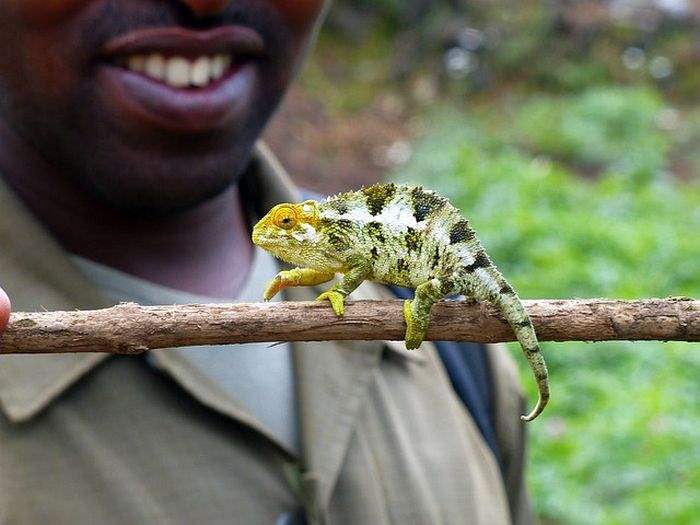
- Younger chameleons have a huge appetite and will need to feed more frequently to meet their energy demands (primarily for growth).
- Further, during plenty, chameleons feed very often and vast amounts of food as well, which is quite the opposite during limited resource periods.
![]()
What Eats Chameleons?
![]()
Where Do Chameleons Fit in the Animal Food Chain?
Chameleons play an essential role in the animal food chain as prey and predators.
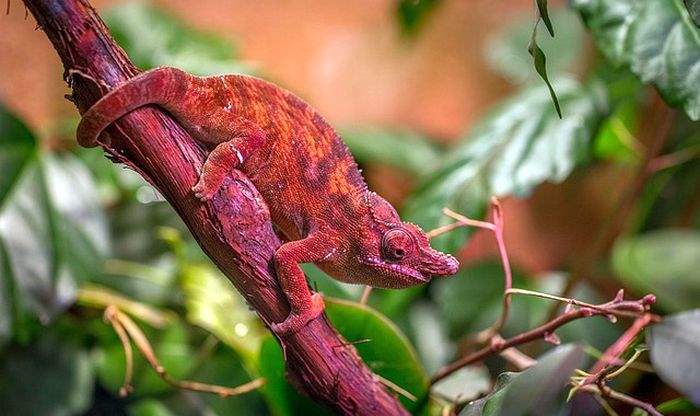
- They provide a perfect source of nutrients to organisms that dine on them.
- Being primarily insectivorous, they feed on a vast range of insects, thus keeping their populations under check. Because of this role, they contribute to the existence of thriving and healthy ecosystems.
![]()


